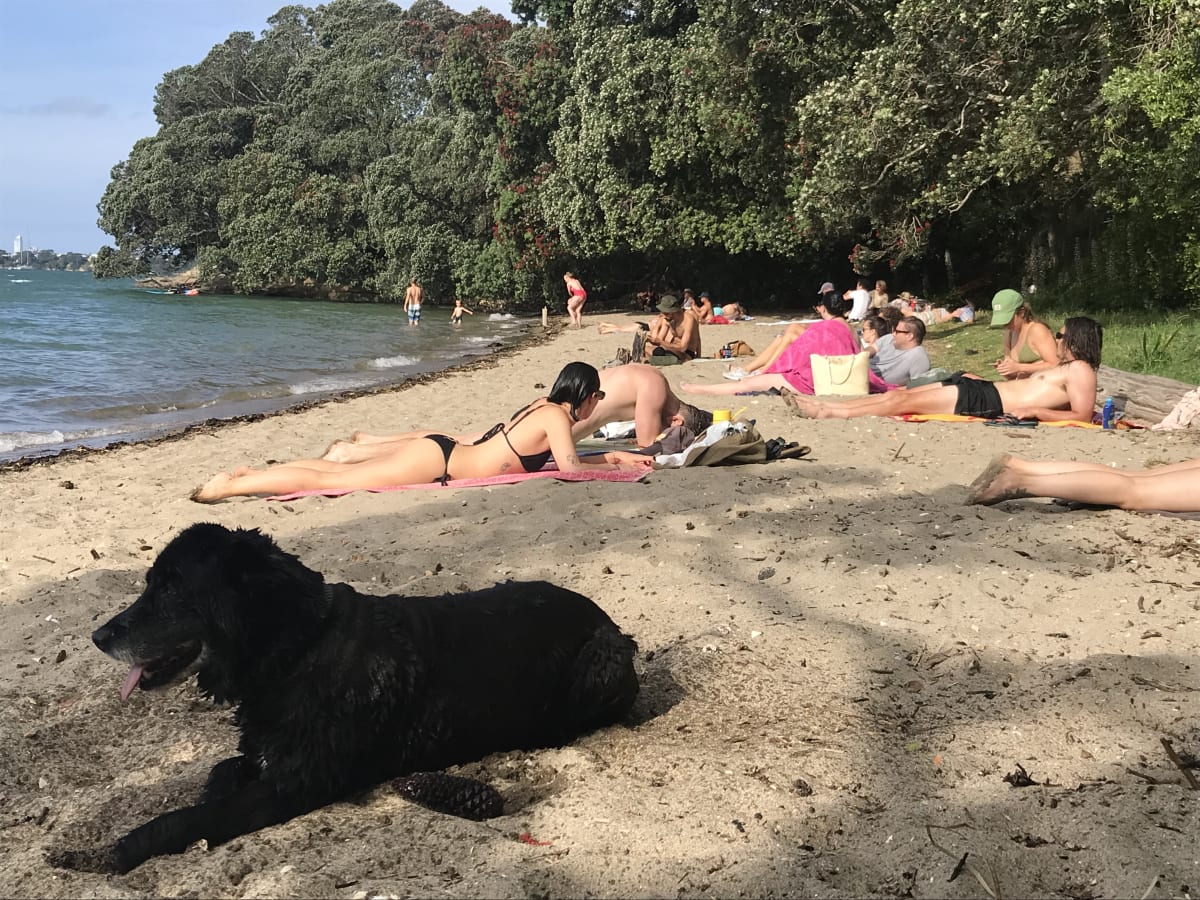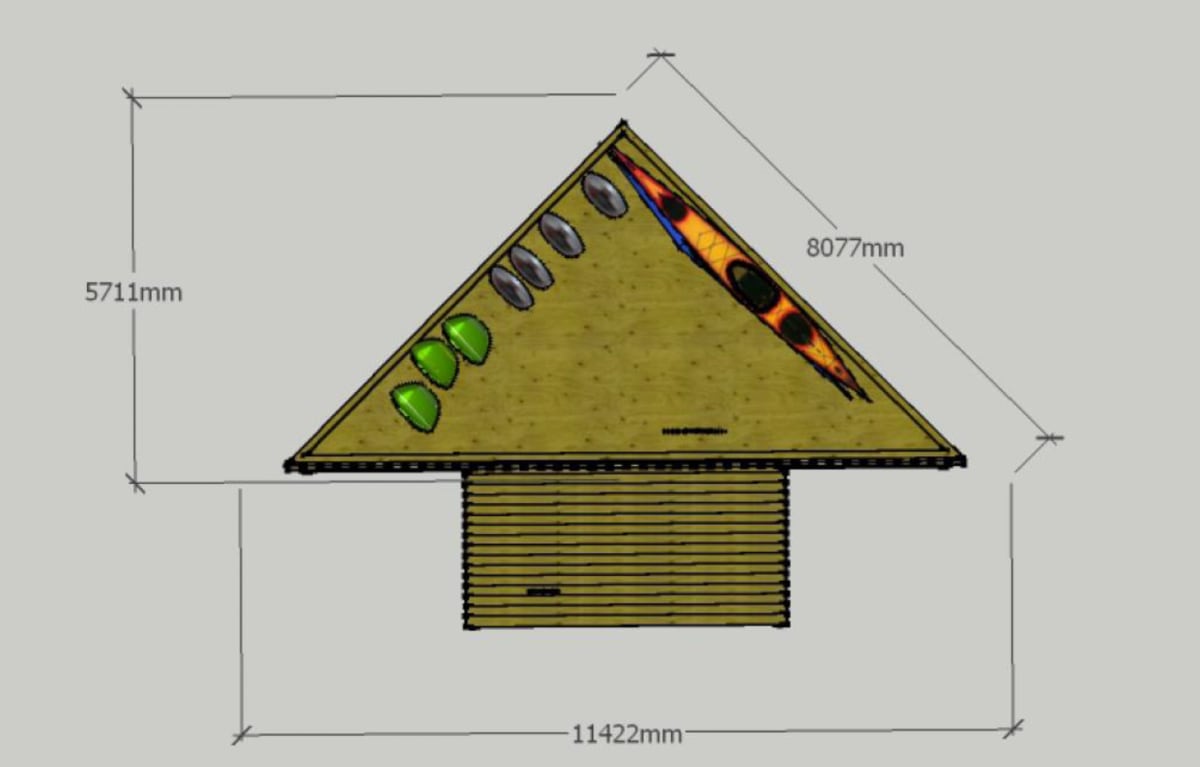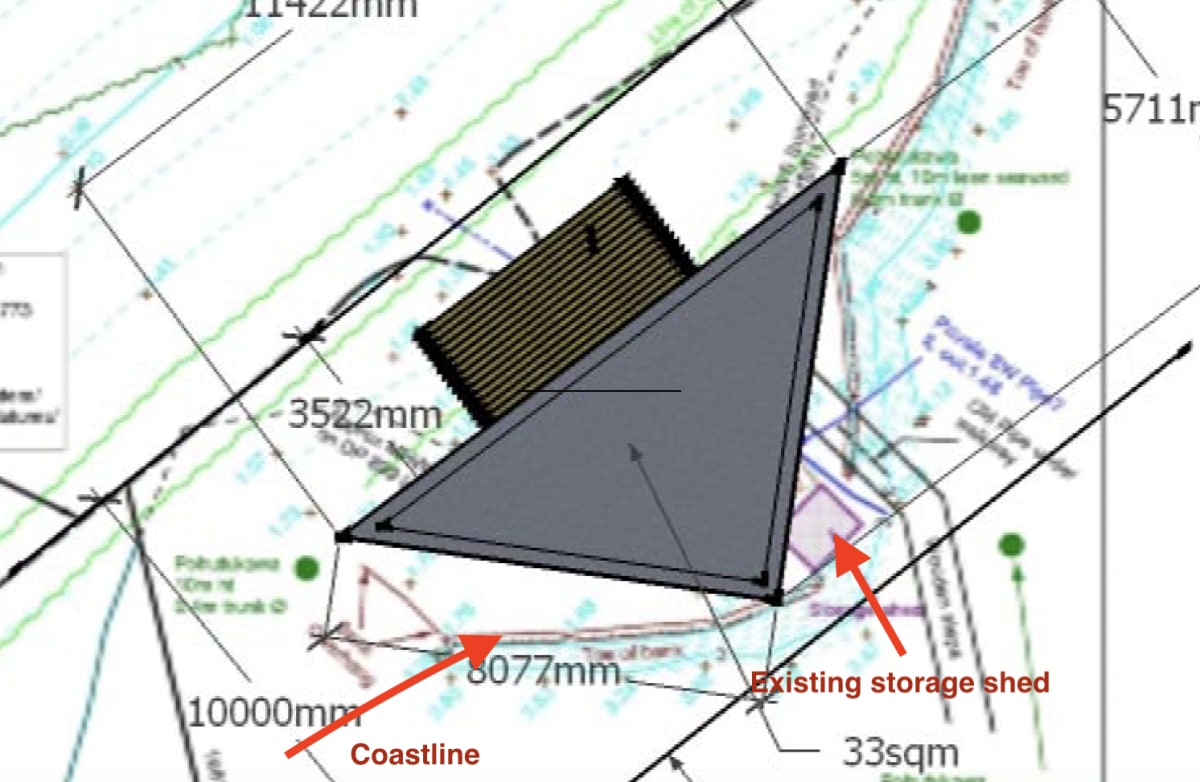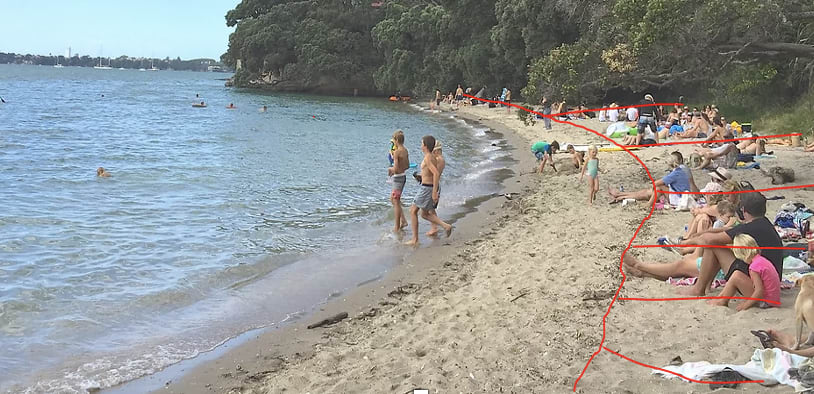
Posted on December 9, 2021
When Auckland Council put extra sand on city beaches, it didn’t realise that would enable wealthy beachfront homeowners to claim ownership of part of the beach
Oh we do like to be beside the seaside, we Aucklanders. A summer evening swim, a weekend picnic, a lazy sunbathe. But lying on a wet towel or a bunch of rocks? Not so glorious.
Which is why, in 2004, Auckland Council came up with a plan: bring in a load of sand, spread it on a few of the wetter or more eroded beaches, and give the public a better experience.
St Heliers got most of the sand: 39,000 cubic metres, at a cost of $4.3 million. Pt Chev and Pt England got quite a bit, Blockhouse Bay and Taylors Reserve got some, and three small Herne Bay beaches got between 800 and 1500 cubic metres of sand each, at an estimated total cost to ratepayers of $440,000.
And people loved it.
Wander down to Sentinel, Herne Bay or Hamilton beaches of a summer evening with the right tide, and the place is packed with people spreading out their towels on the nice dry sand.

Sand which, incidentally, was dug out of the beach at Pakiri an hour or so north of Auckland, much to the dismay of locals there.
But what no one thought about was a different and unintended consequence: that all that extra sand on the beach potentially gives the home owners with beachfront properties a windfall addition to their land.
It’s all about the boundary.
Many Herne Bay (and other) coastal homeowners are allowed to claim, as part of their property, all the land down to what’s called the ‘Mean High Water Springs’ or MHWS. This is a measure based on the high water mark at the twice (lunar) monthly spring tide (also called a king tide), averaged over an 18.6 year tidal cycle. It can vary from year to year.
It’s part of the deal with what’s known as “riparian rights” – landowners whose title extends down to the water’s edge, as measured by the mean high water springs mark.
But imagine now the council puts a whole lot of new sand on the beach. Enough sand, as the original 2004 council proposal for the Herne Bay Beach put it, to lift the level of the beach by between 0.6m and 0.8m along the shoreline and “provide an all-tide dry beach for passive recreation”.
It’s awesome for the sunbathers. They have five metres more dry sand all along the beach to sit on.
But it’s also a bonanza for beachfront homeowners – some of the more privileged residents of the city – because the Mean High Water Springs mark is now further down the beach. So their properties now extend further onto the beach.
Until now, this has mostly been a paper-based windfall. Nothing much has changed for the public using the beach.
But now there’s an application by lawyer and property developer Jeff Morrison to build a boat shed on Herne Bay Beach on a stretch of sand which is, since the sand was added at least, part of his property.
A modest proposal

It’s a pretty nice stretch of coastline – “a series of cliff edges/headlands and coves with sheltered, sandy beaches and mature pohutukawa trees lining the beach edge”, as the application says.
There are a few boat sheds around; Briscoes boss Rod Duke has a big one on nearby Sentinel Beach which he tried, unsuccessfully, to turn into a helipad in 2018-2019.
Morrison’s application, sent in to the council by planning consultant Mark Vinall of Tattico, is for a 33 square metre shed “sufficient to enable the storage of recreational equipment for use in the harbour (kayaks, paddleboards, surfboards etc)”.

Not once, but eight times in the application document Vinall uses the word “modest” to describe the size and impact of the structure; in another place he describes it as “small, in comparison to other structures located on the coastal edge, and located in a position, in an indentation in the land form, so as to not impact the natural character or amenity of this part of the coast.”
Modest? Really? Imagine a 10-square metre shed or sleep-out – the sort of thing people have in their backyards (because 10 square metres used to be the maximum size you could build without getting resource consent).
The proposed boat shed is more than three times the size of that sleep-out.

Just look at the plan.
“The structure is modest and complies with the development standards of the zone, including building height and coverage, with the exception of being located in the coastal protection yard,” the application says. “It replaces a smaller, more rudimentary storage shed already located on the property.”
On the plan above, the storage shed is the little pink rectangle tucked in at the right of the large grey triangle. It’s totally dwarfed by the new “modest” shed.

“The proposal does not restrict public access to the coast. The proposed structure is located wholly within the boundaries of the property.”
Although when Newsroom visited at high tide, it didn’t look as if there was going to be much space on the beach once the boat shed was there.
‘Everyone’s going to do it too’
Don Mathieson runs a computing company and is co-chair of the Herne Bay Residents Association.
He presented to the Auckland Council Planning Committee meeting this week, arguing approval of the consent for the Argyle St boat shed “would set a precedent for all riparian rights land and would affect all beaches in Herne Bay.
“In effect it would mean much of Herne Bay’s dry beach areas would be privately owned,” he says. “This was not an intended use of the beach sanding.”
Mathieson tells Newsroom he has no particular beef with Morrison or his boat shed proposal, but he would be very concerned if it was approved.
“Every boat shed owner could extend their boat shed, or could fence off their bit of beach.”
– Don Mathieson, Herne Bay Residents Association
“If his boat shed was the first and last thing that happened at the beach, maybe that would be OK. But if he does that, everyone’s going to do it too.
It wouldn’t necessarily be just Herne Bay Beach, he says. It could apply to any other beach where sand had been added and beachfront properties had riparian rights.

“Every boat shed owner could extend their boat shed, or could fence off their bit of beach.”
His presentation includes a photoshopped picture of the beach on a busy afternoon, with the new boundaries overlaid.
“We ask that the Council obtains the best legal advice on these questions before a decision is made on this application.”





